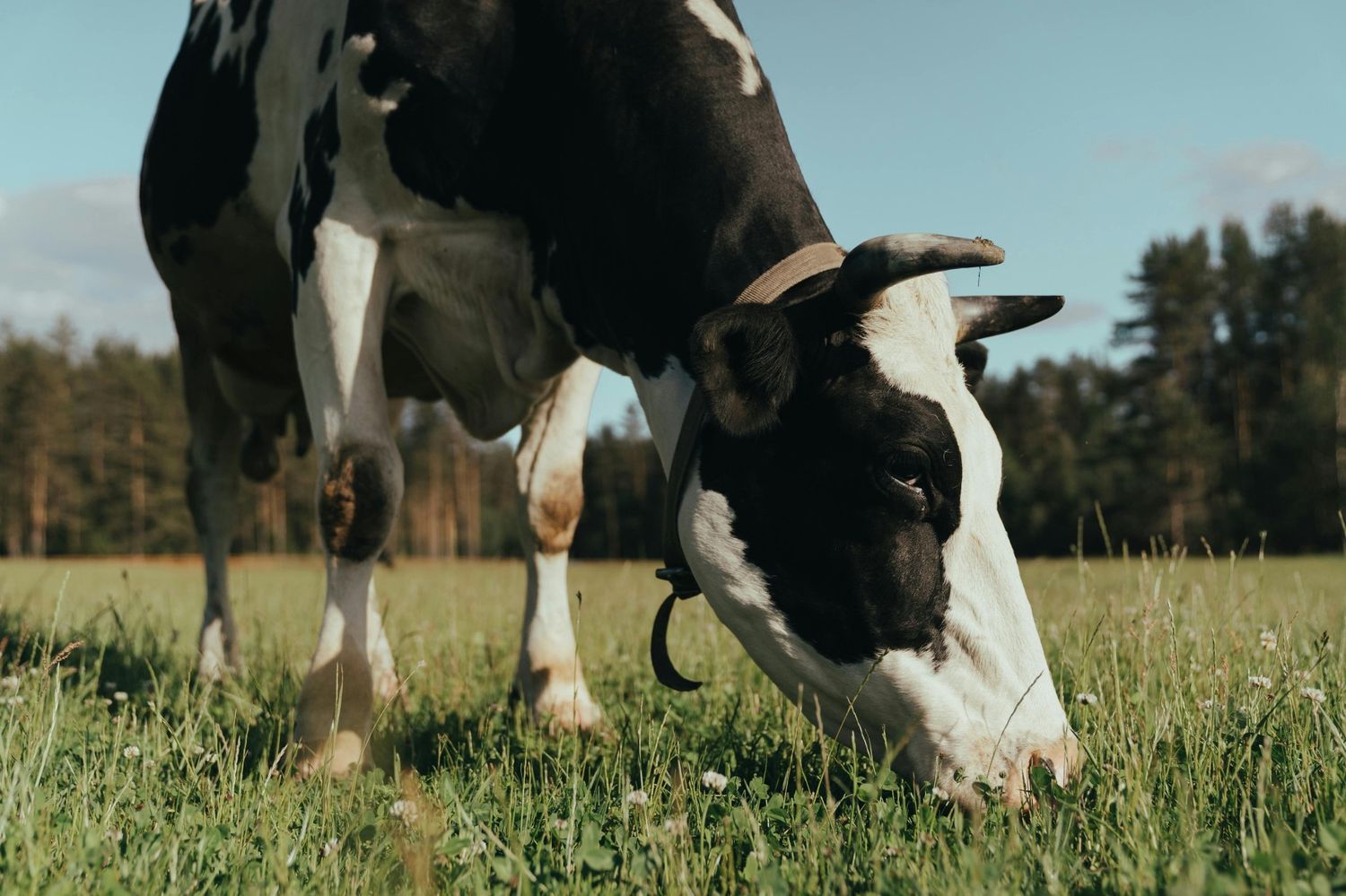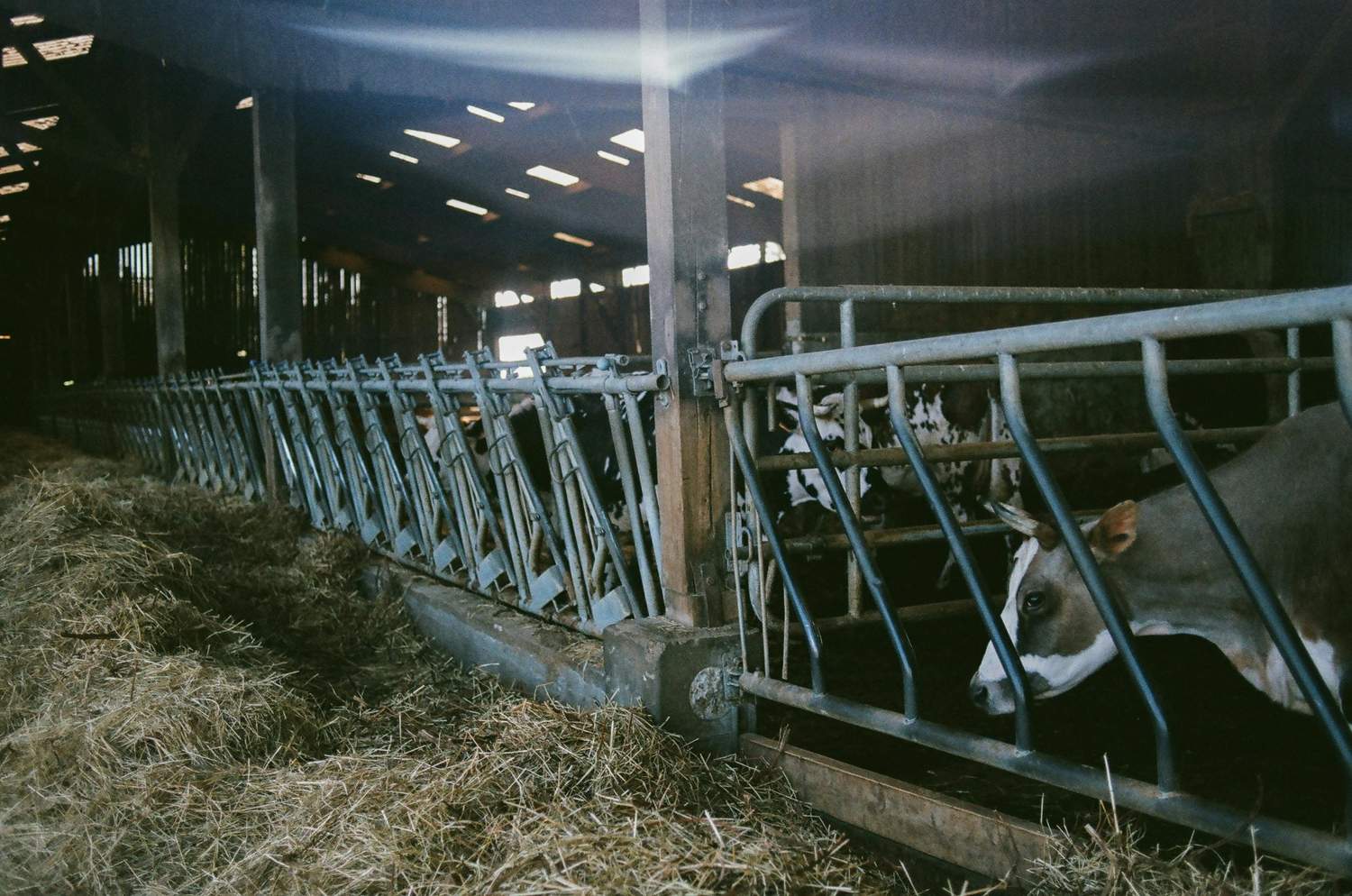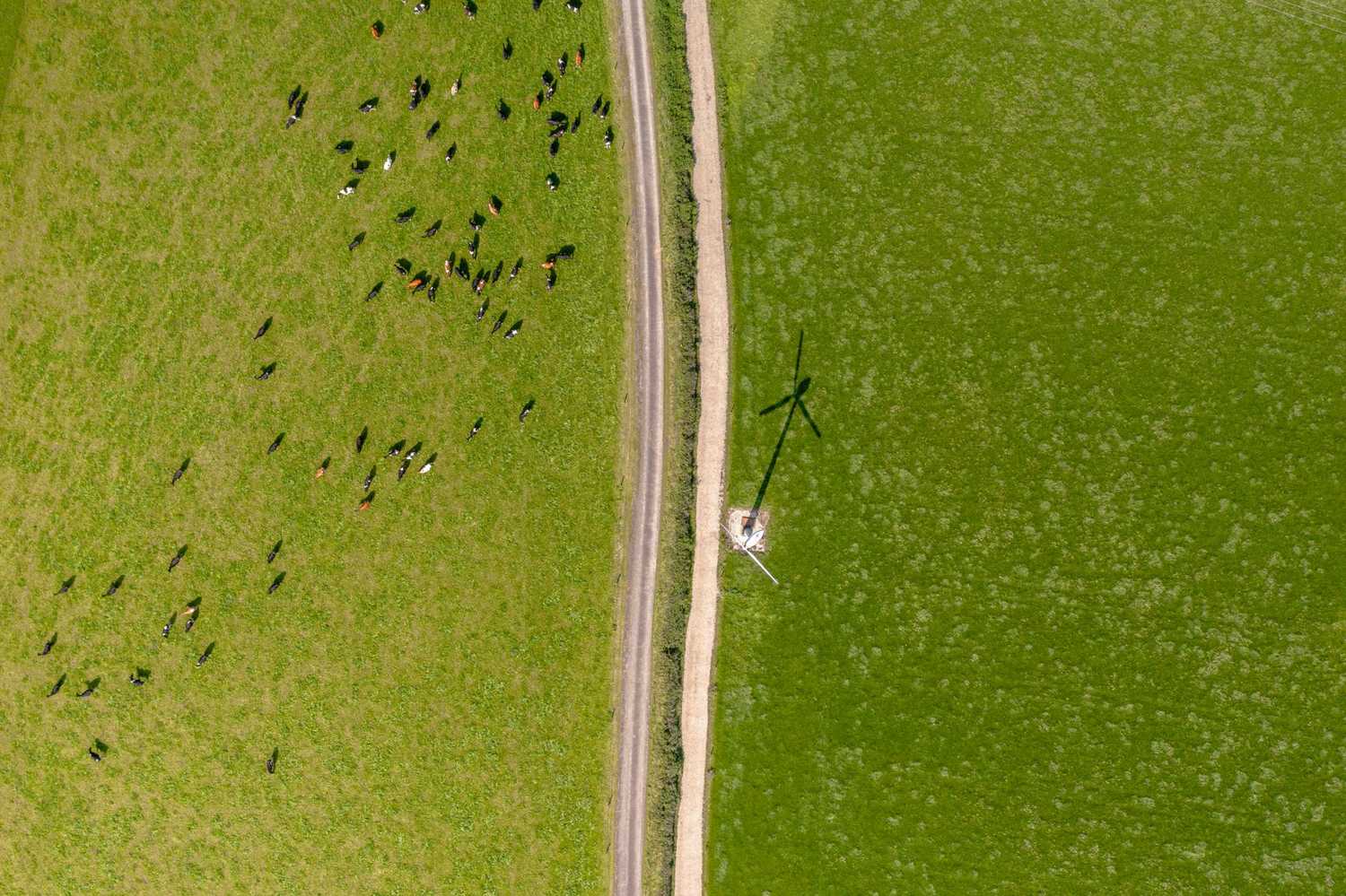How Dairy Farming Businesses Can Cut Methane Emissions by 50%

Introduction: The Dairy Industry’s Methane Challenge
Dairy farming is at the center of a global challenge—how to produce milk sustainably while drastically reducing methane emissions, a greenhouse gas 80 times more potent than CO₂ over 20 years. With livestock methane accounting for 30% of global agricultural emissions, dairy businesses face growing pressure from regulators, investors, and consumers to decarbonize.
The good news? Science-backed solutions already exist. A combination of feed innovations, manure management strategies, and precision farming can slash dairy methane emissions by 50% or more—but scaling them requires industry-wide commitment.
Understanding Where Dairy Methane Emissions Come From
Dairy methane emissions stem from two main sources:
- Enteric Fermentation (Burping Cows) – 60-65% of Total Dairy Emissions. Cows naturally produce methane when digesting fibrous feeds, releasing it into the atmosphere via burps.
- Manure Management – 30-35% of Total Dairy Emissions. Methane is released from decomposing manure, particularly in liquid storage systems such as lagoons and pits.
Reducing methane at both sources is essential for cutting dairy’s carbon footprint in half.
How Dairy Farms Can Cut Methane Emissions by 50%
1. Feed Additives That Reduce Methane from Entric Fermentation
One of the most promising solutions for reducing methane emissions is methane-inhibiting feed additives.
- Bovaer (3-NOP): Reduces methane from dairy cows by 20-30% by inhibiting an enzyme in the cow’s gut that produces methane.
- Seaweed Supplements (Asparagopsis Taxiformis): Early trials suggest up to 80% methane reduction, though scalability remains a challenge.
- High-Fiber, Low-Starch Diets: Adjusting forage-to-concentrate ratios and incorporating oilseeds can reduce enteric methane by 5-10%.
Example: Arla Foods is conducting large-scale trials with Bovaer across European dairy farms, targeting a 30% methane reduction by 2030.
2. Manure Management Innovations: Capturing Methane Before It Escapes
Dairy farms can capture and repurpose methane from manure through anaerobic digestion and improved storage practices.
- Anaerobic Digesters: Convert manure methane into biogas, which can be used for electricity or compressed natural gas.
- Sealed Manure Storage & Acidification: Covering manure lagoons and adding acids reduce methane emissions by 30-50%.
- Solid-Liquid Separation: Removing solid components from manure reduces methane potential by up to 30%.
Case Study: In California, dairy farms using anaerobic digesters have cut methane emissions by 40%, supported by the state’s Low Carbon Fuel Standard.
3. Breeding Low-Emission Cows & Precision Dairy Farming
Advancements in genetics and precision livestock monitoring allow farmers to breed cows that naturally produce less methane.
- Low-Methane Breeding Programs: Selecting cows based on feed efficiency and methane output can cut emissions by 10-20% over time.
- AI-Powered Monitoring Systems: Sensors track cow digestion and methane production, allowing farmers to adjust feed and maximize efficiency.
Example: New Zealand’s government-backed Low Methane Animal Breeding Program is working with dairy farms to reduce methane intensity per liter of milk by 20% by 2030.

Policy & Market Drivers: The Future of Low-Methane Dairy
- EU Methane Strategy & Corporate Sustainability Reporting Directive (CSRD): Requires large dairy processors and suppliers to report and reduce methane emissions.
- Carbon Pricing & Incentives: Denmark plans to introduce a methane tax on dairy farms by 2030, pushing for rapid adoption of mitigation strategies.
- Retailer & Consumer Pressure: Supermarkets and brands like Nestlé and Danone are demanding low-emission milk from suppliers.
How ODOS Helps Dairy Companies Reduce Methane Emissions
ODOS provides data-driven methane tracking and mitigation solutions for dairy farms and processors.
✔ AI-powered methane monitoring to measure emissions at farm level.
✔ Custom carbon footprint reduction strategies tailored for dairy supply chains.
✔ CSRD-compliant sustainability reporting to help meet regulatory and market demands.
📢 Discover how ODOS can help your dairy business reduce methane emissions
Conclusion: The Time for Action is Now
With climate regulations tightening and consumer demand shifting, dairy businesses that act now to reduce methane will gain a competitive edge. Innovations in feed, manure management, and genetics make it possible to slash methane emissions by 50% or more—but success depends on industry-wide adoption.
The path to low-methane dairy is clear. The question is: Who will lead the way?

